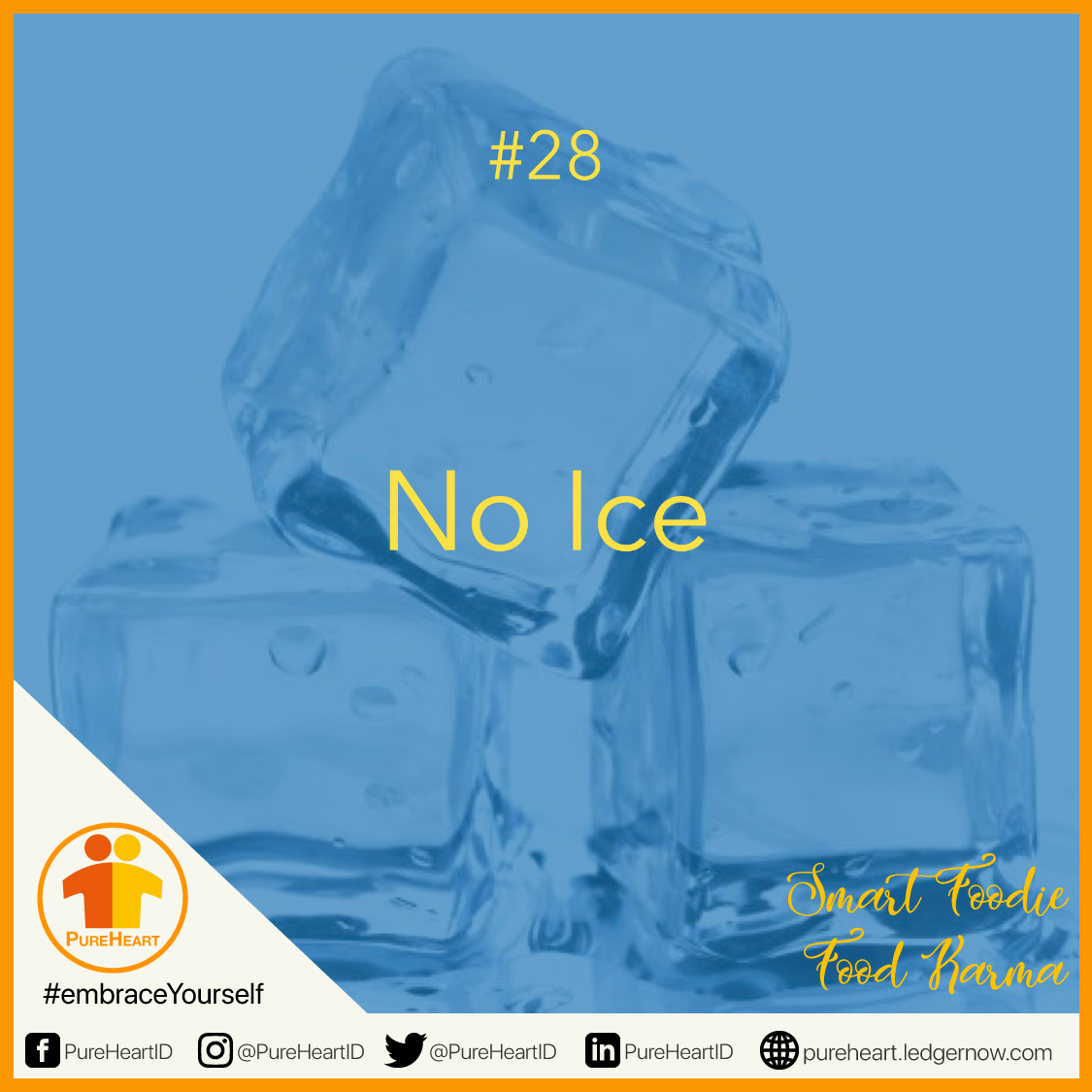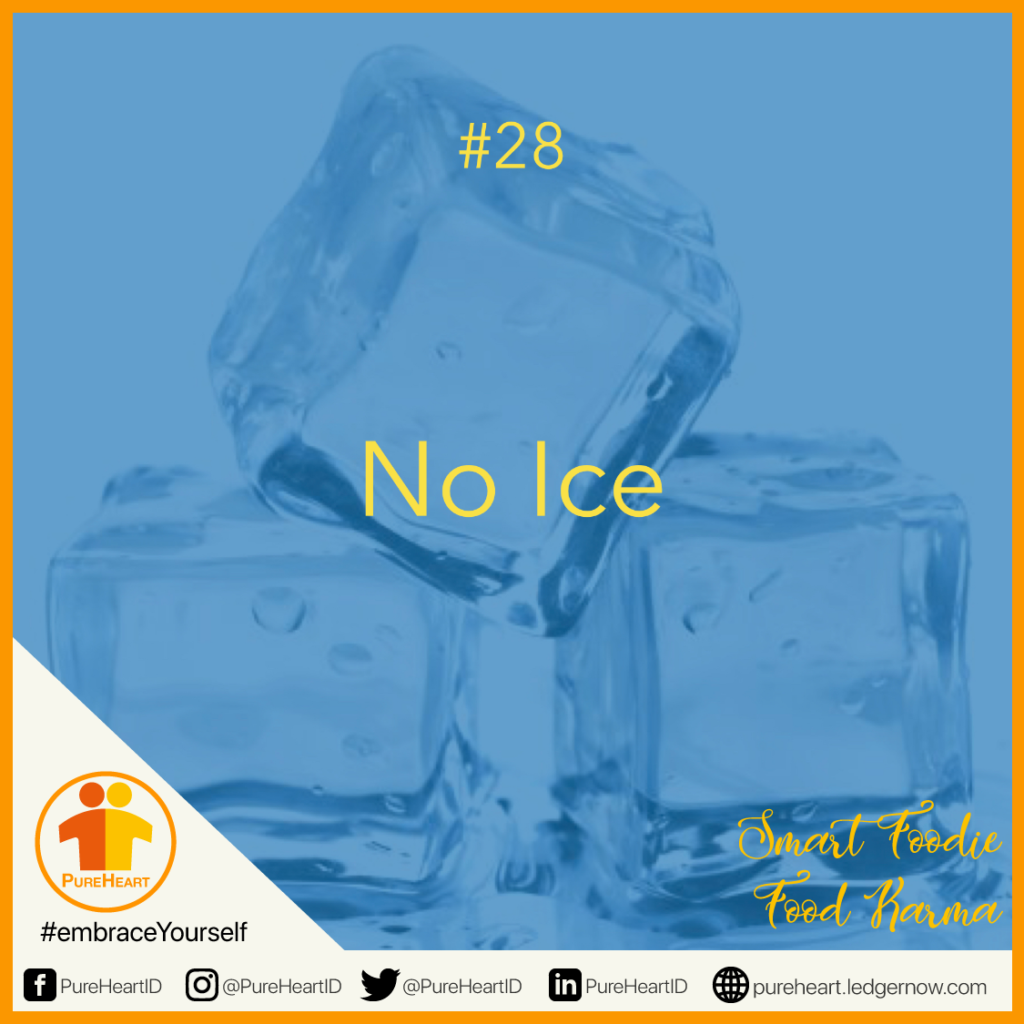

Stop Es
Berapa biaya untuk membuat es?
Saya selalu berpikir tentang membuat es. Berapa energi yang dibutuhkan untuk membuat es? Itu bukan pertanyaan yang mudah. Masalahnya adalah bahwa dari air cair menjadi es padat, Anda MENURUNKAN energi total dalam sistem. Tetapi lihatlah pertanyaan sebaliknya. Berapa banyak energi yang diperlukan untuk melelehkan es? Itu pertanyaan yang jauh lebih mudah. Mengambil es padat ke air cair (pada suhu yang sama) mengharuskan Anda meningkatkan energi sistem. Sebenarnya, inilah tepatnya yang saya hitung dalam perkiraan saya tentang jumlah es yang Anda butuhkan untuk mendinginkan minuman Anda.
Jadi, bagaimana Anda bisa memperkirakan energi yang dibutuhkan untuk membuat es? Jawabannya: lihat mesin pembuat es. Jika saya menemukan beberapa pembuat es online, saya dapat melihat tingkat produksi es serta konsumsi daya mereka. Dari ini, saya dapat memperkirakan biaya (energi dan uang) untuk membuat es.
Untuk membuat 1 kilogram es, Anda harus mengeluarkan biaya Rp3.000 untuk listrik. Sepertinya lebih rendah dari yang saya duga, tapi saya akan nilai itu. Oh, izinkan saya menunjukkan bahwa saya mengabaikan 88 Watt hanya untuk menghidupkan mesin. Itu mungkin faktor yang cukup kecil untuk diabaikan.
Mari kita lihat biaya produksi es dari restoran masakan padang dengan pelanggan terbanyak se-Indonesia yaitu 30 juta. Jika separuhnya saja mengkonsumsi minuman dengan es batu maka dibutuhkan setidaknya Rp 9 Miliar hanya untuk memproduksi es batu saja, belum termasuk penyimpanan dan distribusi.
Apaka kita bagian dari komunitas boros energi?
No Ice
How Much Does It Cost to Make Ice?
Ive always thought about making ice. What is the energy required to make ice? It’s not such an easy question. The problem is that going from liquid water to solid ice, you DECREASE the total energy in the system. But look at the reverse question. How much energy does it take to melt ice? That’s a much easier question. Taking solid ice to liquid water (at the same temperature) requires that you increase the energy of the system. Actually, this is exactly what I calculated in my estimation of the amount of ice you need to cool down your beer (or other preferred beverage).
So, how could you estimate the energy needed to make ice? The answer: look at ice-making machines. If I find some ice makers online, I can look up both the rate that they produce ice as well as their power consumption. From this, I can get a real-world estimate for the cost (both energy and money) to make ice.
To make 1 kilogram of ice, you would need to spend Rp 3,000 for the electricity. That seems a bit lower than I would have guessed, but I’m going with that value. Oh, just let me point out that I ignored the 88 Watts to just have the machine on. That’s probably a small enough factor to ignore.
Let’s look at the production costs of most Padang cuisine restaurants with customers in Indonesia, which is 30 million. If only half of them buy drinks with ice cubes, IDR 9 billion is only needed to produce ice cubes, not including storage and distribution.
Are we part of a wasteful energy community?
More information:
Smart Foodie, Food Karma: https://pureheart.ledgernow.com/smart-foodie-food-karma/
Sustainable Giving: https://pureheart.ledgernow.com/sustainable-giving/
